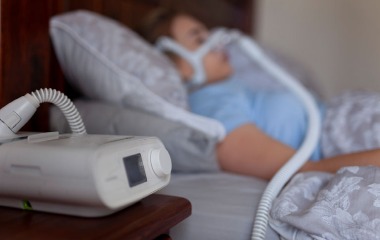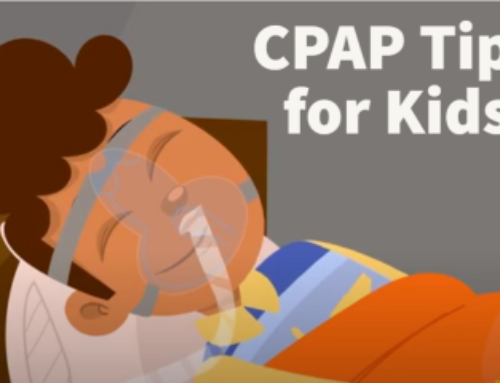A new study suggests that regularity of bedtime prior to initiation of continuous positive airway pressure (CPAP) therapy is an important factor that may influence treatment compliance in adults with obstructive sleep apnea (OSA).
“Long-term use of CPAP, such as after the first month or longer, requires regular routines that are conducive to establishing a new health behavior,” said principal investigator Amy M. Sawyer, PhD, RN, assistant professor at Penn State University School of Nursing in University Park, Pa.”
The research abstract, published recently in an online supplement of the journal SLEEP, involved 97 adults with newly diagnosed OSA who completed a seven-day sleep diary before CPAP treatment. One-month CPAP adherence was based on objective data collected from each CPAP device.
Results show that bedtime variability was a significant predictor of CPAP adherence, which was defined as four or more hours of treatment use per night. The odds of one-month CPAP non-adherence were 3.7 times greater for every one unit increase in habitual, or pre-treatment, bedtime variability.
“Our results suggest that CPAP use is associated with stable bedtime schedules,” said Sawyer. “By stabilizing bedtime schedules, or promoting consistency in bedtime patterns and routines prior to initiating CPAP treatment, adherence may improve.”
The American Academy of Sleep Medicine reports that obstructive sleep apnea is a common sleep illness affecting at least four percent of men and two percent of women. It involves repetitive episodes of complete or partial upper airway obstruction occurring during sleep despite an ongoing effort to breathe. The most effective treatment option for OSA is CPAP therapy, which helps keep the airway open by providing a stream of air through a mask that is worn during sleep.





